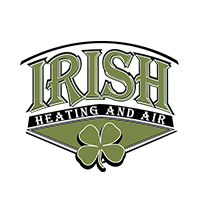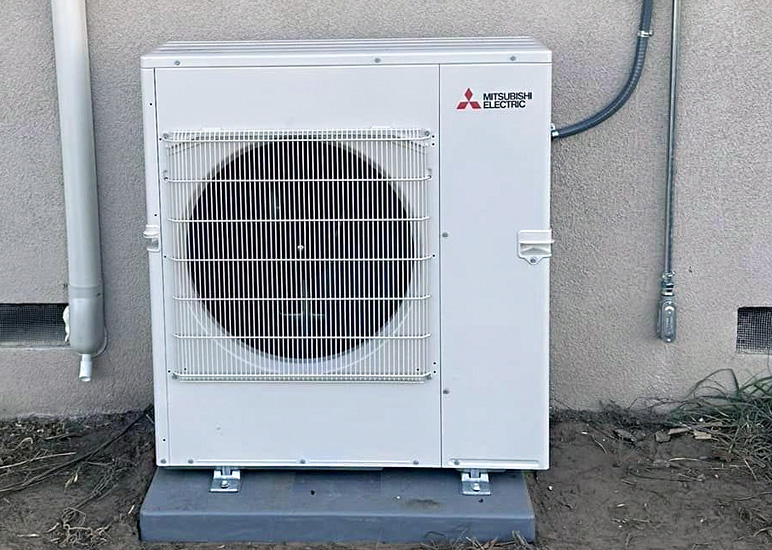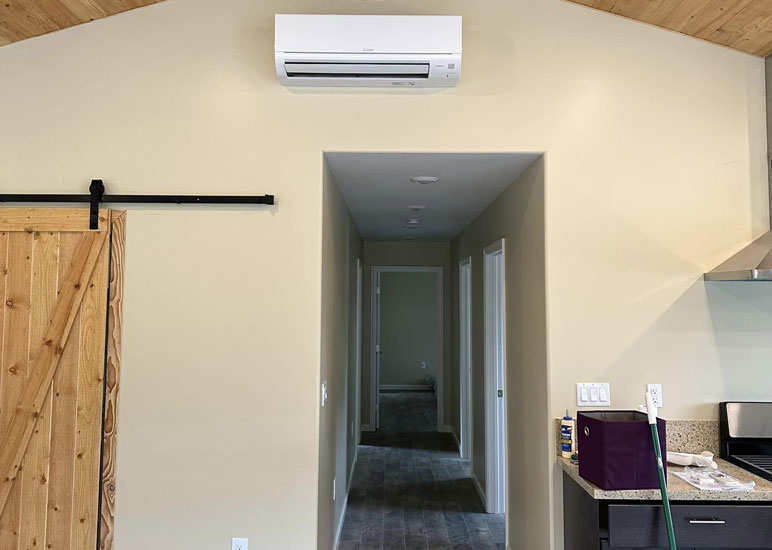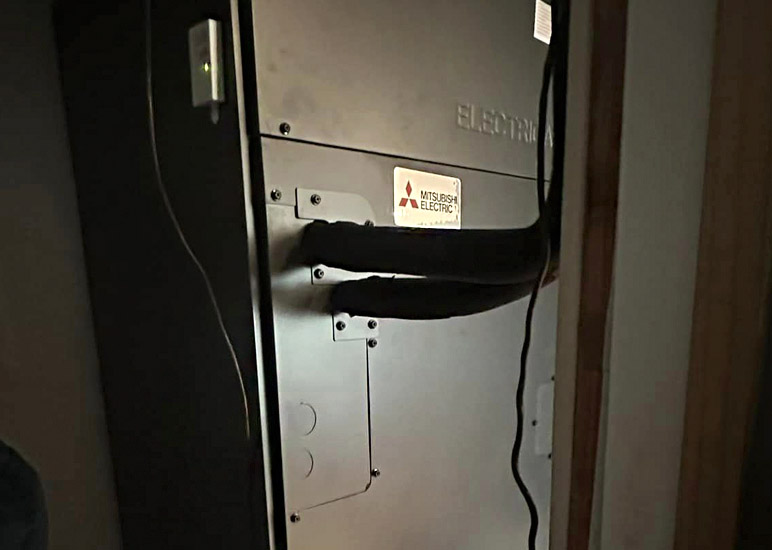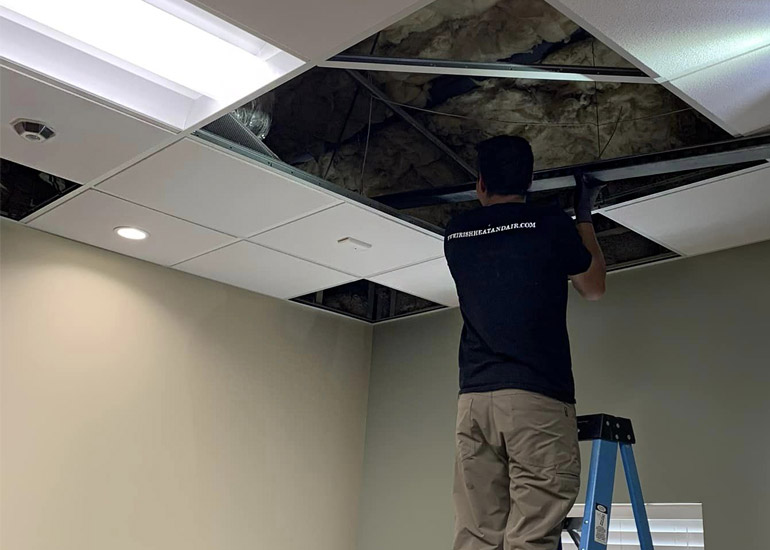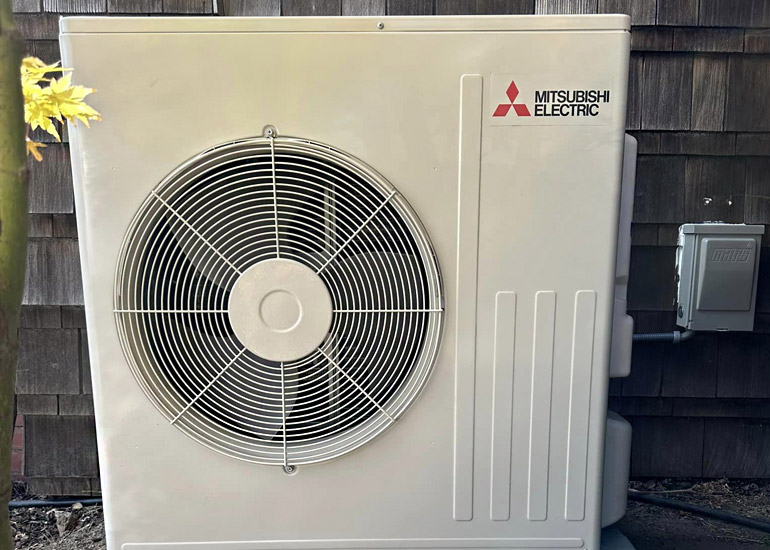 Does your office have ongoing thermostat wars, with staff constantly turning it up and down instead of coming to an agreement? Or do you have to deal with complaints from staff, no matter the season, who insist that they are uncomfortable because of the temperature?
Does your office have ongoing thermostat wars, with staff constantly turning it up and down instead of coming to an agreement? Or do you have to deal with complaints from staff, no matter the season, who insist that they are uncomfortable because of the temperature?
Ignoring these issues isn’t wise. Employees are more productive when they feel comfortable, aren’t infighting over the temperature, and feel that you respond to their needs. There are ways that you can solve your thermostat wars without taking sides or spending a fortune on your utilities. Here’s how you do it.
Address Airflow Issues
One of the biggest contributors to thermostat wars is hot and cold spots in your building. These are often created by poor airflow through your forced-air system. One part of your building feels much hotter than the other, so people can’t agree on what is comfortable. You can do several things to improve your airflow:
- Change filters: All of the filters on your HVAC equipment can become clogged and restrict airflow. Replacing them regularly is wise.
- Clean air ducts: When was the last time your air ducts were clean? They can have inches of airborne debris build up into thick sheets, like the kind you’d take out of a drier. Cleaning them will improve airflow.
- Change air ducts: Sometimes the air duct system itself was poorly designed and doesn’t serve the building. Your HVAC professionals can assess this for you and change the layout of the system.
- Move away from forced-air: Maybe forced-air isn’t the best way for you to heat your space at all. If you’re considering a new system anyway, then radiant-floor heating might be worth considering. It heats spaces very consistently.
Furnace, Air Conditioner and Thermostat Improvements
Your building might also have hot and cold spots because your furnace or air conditioner isn’t properly sized for your building. Upgrading them can bring other benefits, including lower utility costs, that can also help you afford a better temperature for your employees.
What about your thermostat? Thermostats that can’t be programmed or which don’t respond to conditions in the building can add fuel to the fire of a thermostat war. For example, people who come into the office early may be cold in winter and turn the thermostat up. Once the sun starts adding more heat to the space, it feels warmer, and people arriving at this time turn it down, too far, to compensate. A thermostat with detailed settings can help avoid these problems.
Dress Code Changes
Sometimes men and women feel restricted by their dress code and can’t dress to be at their desired temperature. Consider allowing men to take off their suit jackets and ties in summer, or even wear shorts depending on your office environment. Allow or encourage women to wear sweaters and thicker pants in the winter.
Decide on the Temperature and Lock It
In the end, a more predictable office temperature will help people dress right and bring what they need to be comfortable, whether it’s a fan or a blanket. With staff input, set the temperature and lock it in.
